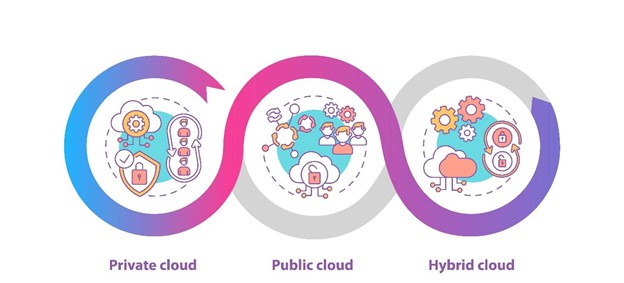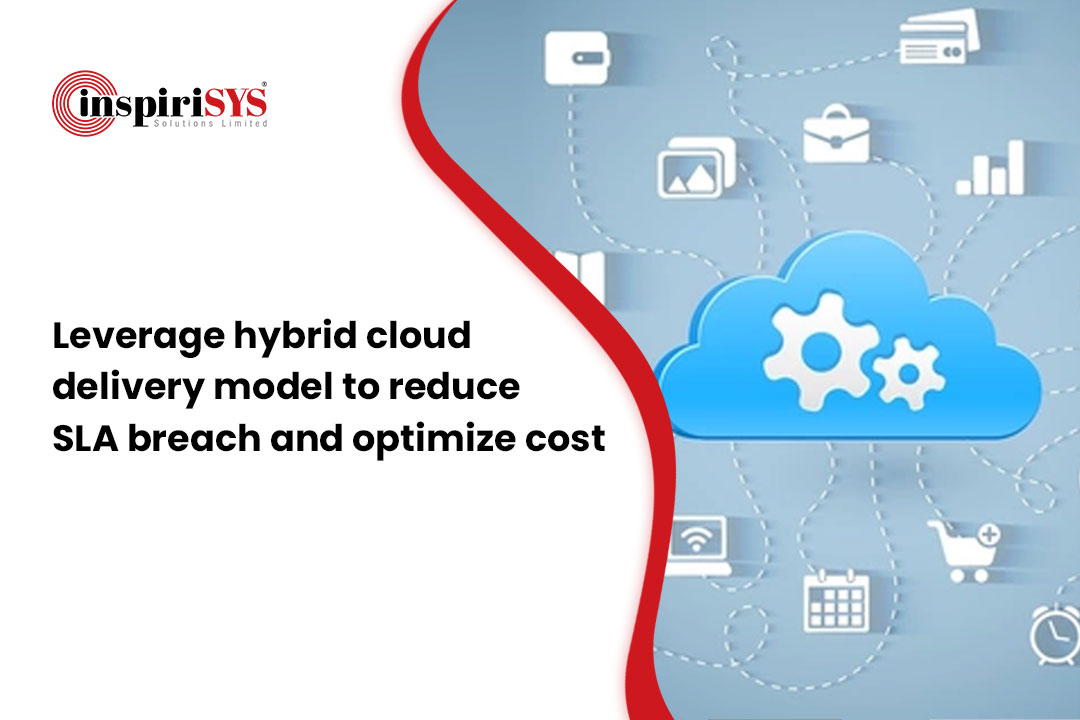Whenever you talk of service management, a key factor that needs to be considered to determine the quality of service and customer satisfaction is whether the service providers can keep their promises or not. When organizations give control of their data and technology to third parties for greater agility and cost effectiveness, any breach of their Service Level Agreements (SLAs) can prove to be extremely costly, and often detrimental to their survival.
An SLA breach can lead to delayed product delivery or cause the performance of the particular service to be disappointing. According to a recent survey, prolonged IT downtime can:
-
Cause significant business disruption
-
Decrease employee productivity
-
Lead to lost customers and revenue
How can service providers work with customers to better manage and possibly eliminate these SLA breaches? Leveraging a hybrid cloud environment has been found to make a significant difference in reducing or eliminating these breaches.
What is an SLA breach?
According to the ISO/IEC 20000-10:2018 standard, an SLA is defined as a documented agreement between the organization and the customer that identifies services and their agreed performance. The organization acts as a supplier and the SLA is usually part of the contract for the provision of services.
We know that SLAs are ideal in nature. Service providers will always try their best to meet SLAs based on factors within their control. However, if they are unable to meet their promised targets and end up violating the agreement, it leads to an SLA breach. Let’s take a simple example of an internet service provider (ISP). In their SLA, let's say the ISP has promised 99% internet availability in a month. Any service outage that reduces this availability time any further becomes a breach, and makes them liable to face punitive action.
The cloud, on-premise and hybrid cloud
Leveraging cloud resources has become a necessity for modern businesses in such a scenario. However, many are still unwilling to function completely as cloud-first organizations. Why is this so? It could be because other approaches, including mainframes and on-premises infrastructure provide benefits that can't be replicated by the cloud. This is why many organizations are now looking to adopt a hybrid cloud approach.
Vulnerability of the Cloud
While the cloud is extremely beneficial for storing data, it can be vulnerable to data breaches as the number of platforms increase. When moving to the cloud, customers often lose their ability to control their own data set and end up relying on third party service providers to secure their data.

Hybrid cloud
There are three commonly used types of popular cloud services: public, private and hybrid. While a public cloud represents an Infrastructure-as-a-service (IaaS) offering purchased from tech giants such as AWS, Microsoft or Google, a private cloud serves only a single user and could either be self-hosted or hosted by a cloud provider.
A hybrid cloud, also referred to as cloud hybrid, is a computing environment which combines the properties of both a private cloud with a public cloud, which allows data and applications to be shared between them.

The Hybrid cloud approach and monitoring your SLAs
Following a hybrid cloud approach could prove to be highly useful for organizations.
When businesses opt for cloud solutions at lower costs, their solutions are often shared with several departments across the enterprise. When applied to a hybrid IT environment, SLA tools can easily and regularly monitor workflows when they are tied to SLAs or business policies.
Enterprises also need to look at deploying their most sensitive workloads in an on-premises cloud and host less critical resources on a third-party public cloud provider or a hybrid cloud service provider. They will get the best of both private and public cloud models in the process.
Businesses can use the monitoring capabilities of their managed IT service provider to alert all teams concerned about an impending SLA breach in advance. This will ensure that they have enough cloud resources in reserve to prevent any breach from happening.
Hybrid cloud is a revolution not a disruption
Many people tend to look at the hybrid cloud as being a disruptive solution.
However, it is not the hybrid cloud in itself that is the problem. The biggest barriers to a seamless hybrid cloud, apart from SLA breaches are factors such as inadequate compliance, lack of encryption, insufficient risk assessment, poor data redundancy and data leakage. Hybrid cloud, when used right can be a revolutionary solution.
The Inspirisys Hybrid Cloud Solution
Inspirisys hybrid cloud solutions have the right combination of technology architecture, capacity and security considerations to ensure that these barriers are eliminated.
We carefully understand, analyze and architect hybrid cloud infrastructure design catering to different workloads. This will give customers the results they desire. We also have years of experience, along with proven solution methodologies to help your business use the right cloud strategy, reduce their SLA breaches and optimize cost. Get in touch with us and discover the perfect hybrid cloud solution for your business.







